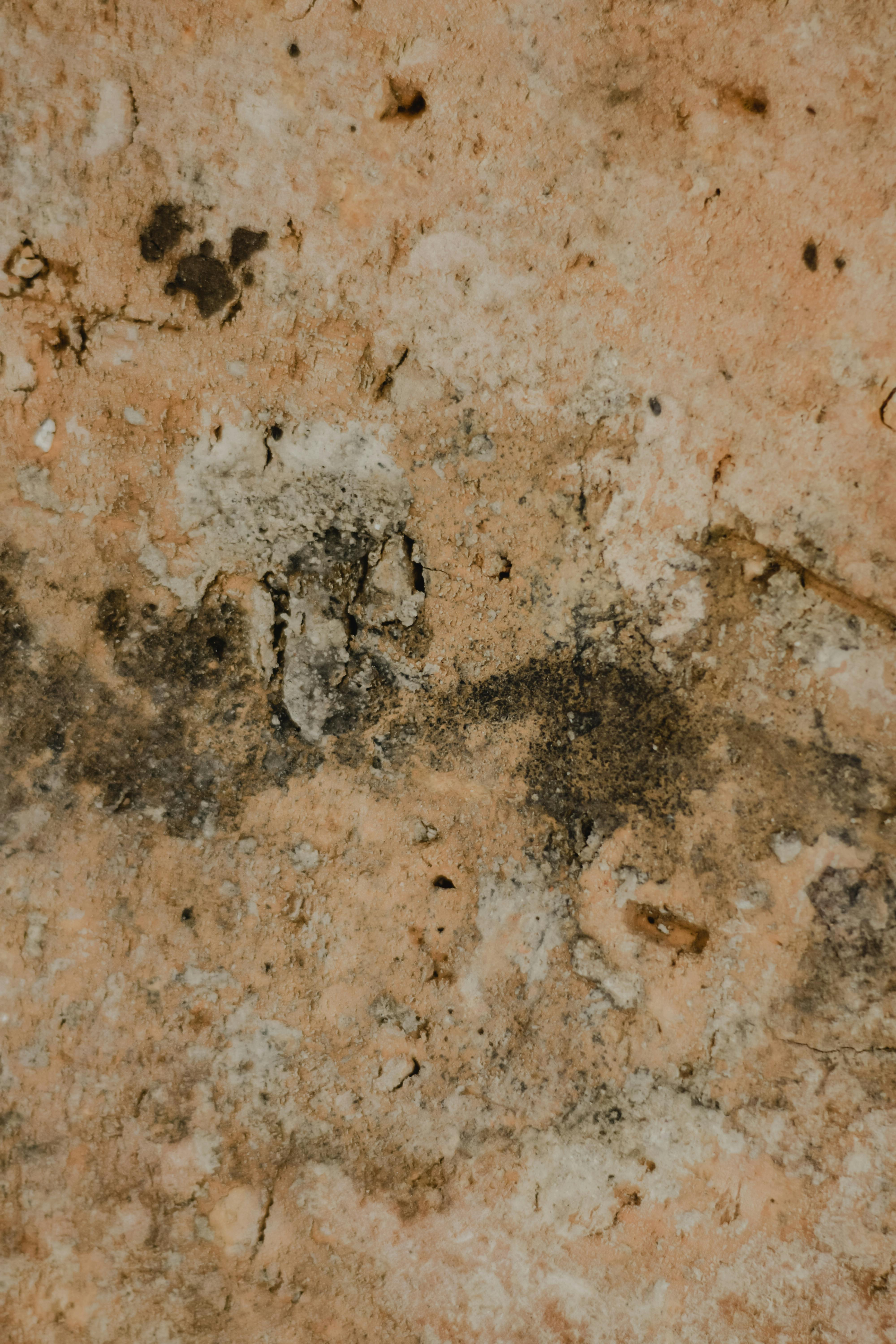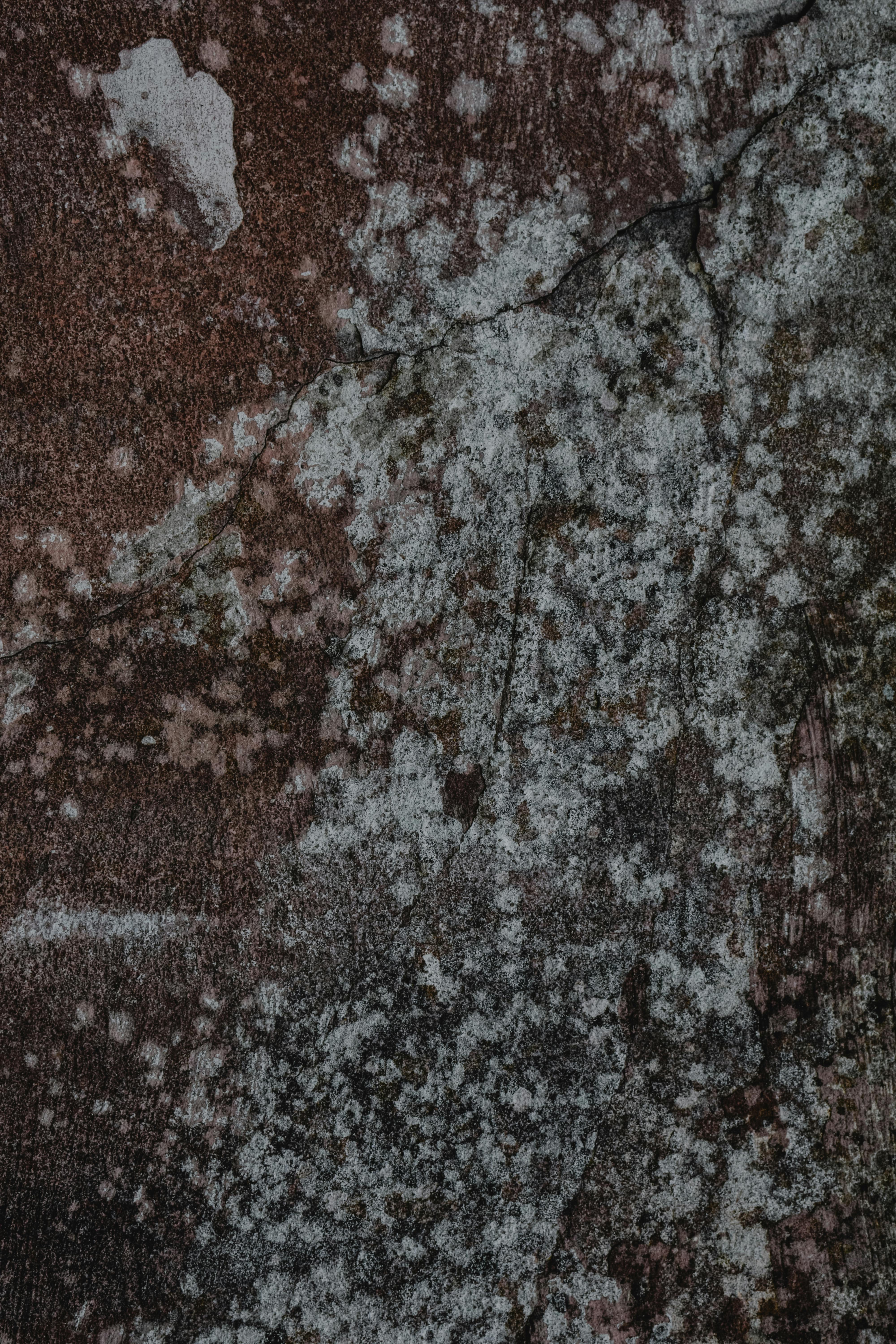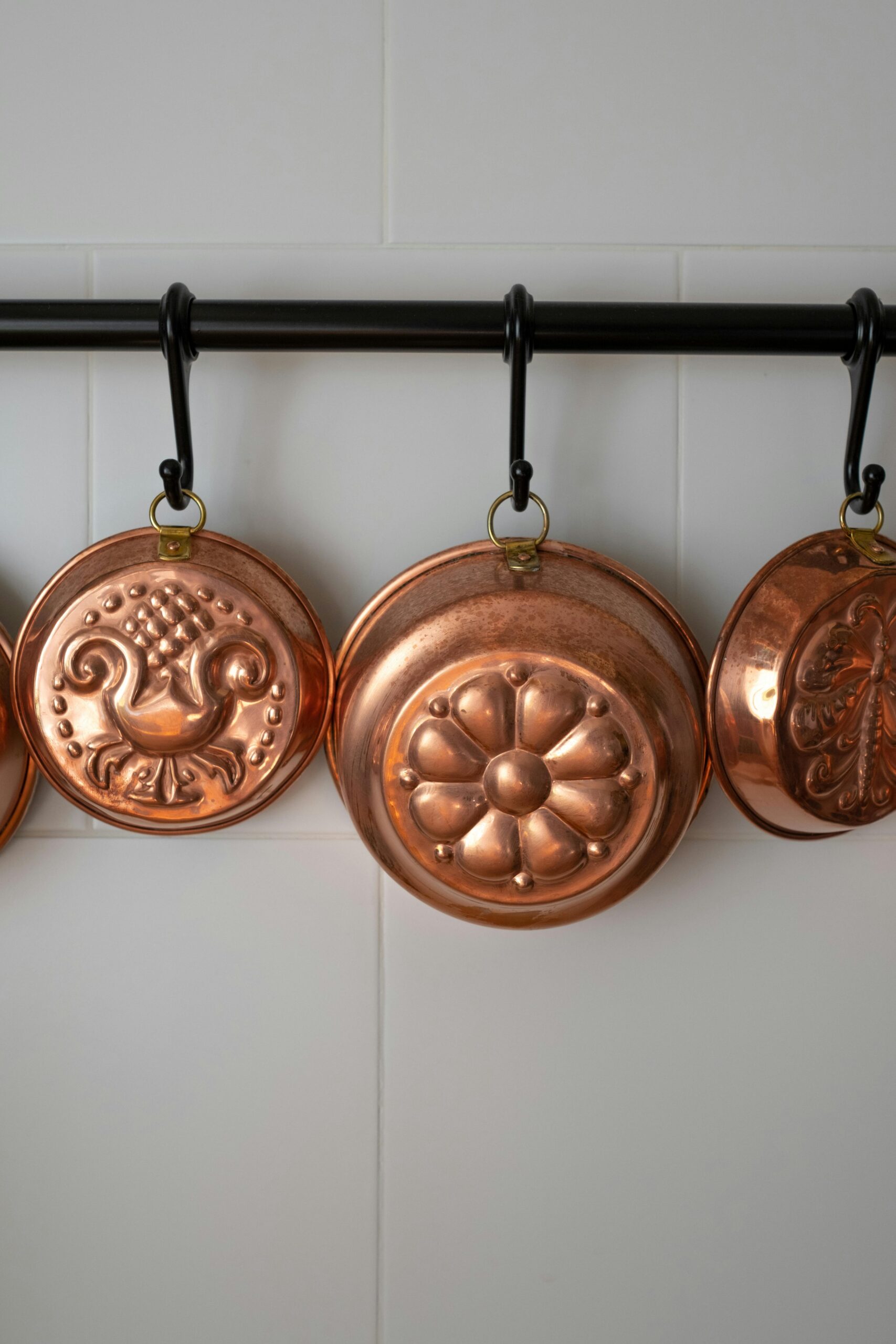Schimmel Wand: Dealing with Mold on Walls
Schimmel wand, or mold on walls, is a common issue faced by homeowners and renters alike. This problem can arise from various sources such as moisture, inadequate ventilation, and water leaks. Understanding how to identify, treat, and prevent mold growth is crucial for maintaining a healthy living environment.
Understanding Schimmel Wand
Before delving into solutions, it’s essential to comprehend what **schimmel wand** is. Mold is a type of fungus that thrives in damp environments and can grow on various surfaces, including walls, ceilings, and furniture. The presence of mold can lead to serious health issues, particularly for those with respiratory conditions or weakened immune systems. Signs of mold typically include a musty odor, discoloration on surfaces, and visible growth.
Common Causes of Mold Growth
Several factors contribute to **schimmel wand** development, and recognizing these causes is the first step toward remediation. Excess humidity, often caused by poor ventilation and water leaks, is a primary factor. For instance, bathrooms and kitchens that lack adequate exhaust systems can trap moisture in the air. Additionally, flooding or roof leaks can introduce water directly into wall structures, paving the way for mold proliferation. Understanding these triggers can help homeowners take preventative measures.

Health Risks Associated with Mold
Living in a space affected by **schimmel wand** can pose significant health risks. Some individuals may experience allergies, asthma attacks, or other respiratory issues when exposed to mold spores. Those with compromised immune systems or chronic respiratory illnesses are particularly vulnerable. Long-term exposure can lead to more severe conditions, making it crucial to address the issue promptly. If you suspect mold in your home, consult with a professional to assess the situation and recommend remediation strategies.
Treating Schimmel Wand: Step-by-Step Guide
Tackling **schimmel wand** requires a systematic approach to ensure complete removal and prevention of future growth. Start by assessing the affected areas. Small patches of mold can often be treated with household solutions, while larger infestations may warrant professional intervention.
DIY Mold Removal Techniques
If you find small areas of **schimmel wand**, you can tackle them using common household products. One effective method is to use a mixture of bleach and water (1 cup of bleach to 1 gallon of water). Apply the solution to the affected area with a spray bottle and scrub with a stiff brush. Remember to wear protective gear, including gloves and a mask, while working. After scrubbing, rinse the area with clean water and allow it to dry completely to inhibit future mold growth.

When to Call Professionals
Sometimes, **schimmel wand** infestations are more than a DIY project can handle. If mold covers more than 10 square feet, or if it has penetrated deeply into materials, it’s best to involve a remediation professional. Experts can conduct thorough assessments, identify hidden mold, and implement effective removal strategies while ensuring the safety of your home and health.
Preventing Future Mold Growth
Preventing **schimmel wand** is just as critical as treating it. Once you have addressed existing mold, take proactive steps to ensure it does not return. Enhanced ventilation is one of the most effective methods. Installing exhaust fans in bathrooms and kitchens can help expel moisture from these high-humidity areas.
Maintaining Low Humidity Levels
Another preventive strategy involves maintaining low indoor humidity levels. Ideally, indoor humidity should remain between 30%-50%. You can use a dehumidifier to achieve this. Additionally, regularly check for leaks in pipes and roofs and repair any damage promptly to prevent moisture accumulation.
Regular Inspections and Maintenance
Conducting regular inspections around areas prone to moisture, such as bathrooms, kitchens, and basements, can help identify potential issues before they escalate. Clean gutters and ensure proper drainage systems are in place to prevent water from seeping into your home. Addressing minor issues early can save you from larger, more costly **schimmel wand** problems down the line.
Key Takeaways
- Understanding the causes of schimmel wand is essential for effective removal and prevention.
- Small mold issues can often be treated with household products, while larger infestations may need professional help.
- Preventative measures, such as improved ventilation and humidity control, are key to avoiding future mold growth.
FAQ
1. What are the signs of schimmel wand in my home?
Signs of **schimmel wand** include visible mold growth, discoloration on walls, and a musty odor. Some individuals may also experience health symptoms, such as sneezing or respiratory issues, when mold is present.
2. Can I use vinegar instead of bleach to clean mold?
Yes, vinegar is an effective natural alternative to bleach for cleaning **schimmel wand**. Apply undiluted white vinegar to the affected area, let it sit for a few hours, and then scrub and rinse. This method is often safer for indoor air quality since it does not emit harsh fumes like bleach.
3. Will painting over mold solve the problem?
Painting over mold without addressing the root cause is not a solution. This merely covers up the issue, allowing mold to continue growing beneath the paint. Proper mold removal should be conducted before repainting.
4. How can I tell if the mold is toxic?
Identifying toxic mold typically requires professional testing and analysis. However, visible black mold is often considered toxic and should be handled with care. If in doubt, it’s best to consult with mold remediation specialists.
5. Is it necessary to remove furniture affected by schimmel wand?
Furniture that has been significantly affected by **schimmel wand** may need to be discarded, especially if it is porous, like upholstered items or mattresses. Non-porous surfaces can often be cleaned and treated. Always assess the severity before deciding.
6. How long does it take to remove schimmel wand completely?
The duration for complete removal of **schimmel wand** depends on the extent of the infestation. Small areas can often be cleaned within a few hours, while larger issues may take days or even weeks for professionals to remedy fully. Regular monitoring afterward is advised to prevent recurrence.
